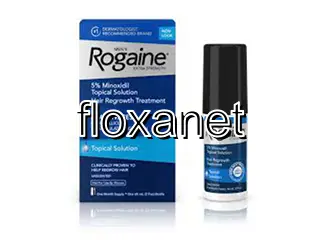| Package | Dosage | Price | Price per Dose | |
|---|---|---|---|---|
| Dosage: 5mg | ||||
| 120 pill | 5mg | $166.55 | $1.39 | |
| 90 pill | 5mg | $137.40 | $1.53 | |
| 60 pill | 5mg | $95.44 | $1.60 | |
| 30 pill | 5mg | $69.39 | $2.32 | |
| Dosage: 10mg | ||||
| 120 pill | 10mg | $299.79 | $2.50 | |
| 90 pill | 10mg | $240.11 | $2.66 | |
| 60 pill | 10mg | $166.55 | $2.78 | |
| 30 pill | 10mg | $87.43 | $2.91 | |

Minoxidil Description
Overview of Minoxidil
Minoxidil is a well-known medication primarily used to treat hair loss and promote hair regrowth. It was originally developed as a medication for hypertension, but its side effect of hair growth led to its repurposing as a topical solution for pattern baldness. Today, it is widely available over the counter in many countries and is one of the most popular treatments for androgenetic alopecia.
How Minoxidil Works
Minoxidil works by stimulating hair follicles and increasing blood flow to the scalp. It widens the blood vessels within the scalp, which enhances nutrient delivery and oxygen supply to hair follicles. This process helps to prolong the hair growth phase and can revive dormant follicles, leading to new hair growth and preventing further hair loss. Although the exact mechanism is not fully understood, the vasodilatory effect is considered a key factor in its efficacy.
Usage and Application
Minoxidil is usually available as a topical liquid or foam. Most commonly, it is applied directly to the scalp twice daily. Users should ensure that the scalp is clean and dry before application, and they should avoid overusing the medication. Consistent use over several months is essential to see noticeable results. It is important to follow the instructions provided, as improper application can reduce the medication’s effectiveness and increase the risk of side effects.
Effectiveness and Results
Many users report positive results after using Minoxidil for at least four months. Typical outcomes include increased hair density, improved hair coverage, and the appearance of new hair growth. However, individual results can vary. Some users experience significant improvement, while others see only modest changes. It is worth noting that Minoxidil is most effective for people with recent hair loss and less effective for those with extensive baldness. Continued use is necessary to maintain benefits, as stopping the treatment often leads to a gradual loss of the new hair.
Possible Side Effects
While Minoxidil is generally considered safe, some users may experience side effects. Common issues include scalp irritation, redness, dryness, or itching at the application site. Less common but more serious reactions may involve unwanted facial hair growth in women, dizziness, rapid heartbeat, or swelling of the scalp. Allergic reactions are rare but require prompt medical attention. Users should discontinue use if they experience severe adverse effects and consult a healthcare professional.
Final Thoughts
Minoxidil remains a popular treatment option for many individuals suffering from hair loss. Its effectiveness, ease of use, and over-the-counter availability make it accessible for those looking to improve their hair density. However, it is important to have realistic expectations and to understand that results may take time. Consulting a healthcare provider before starting treatment can help identify the most suitable approach and ensure safe use. Overall, Minoxidil can be a valuable tool in managing hair loss when used correctly and consistently.
